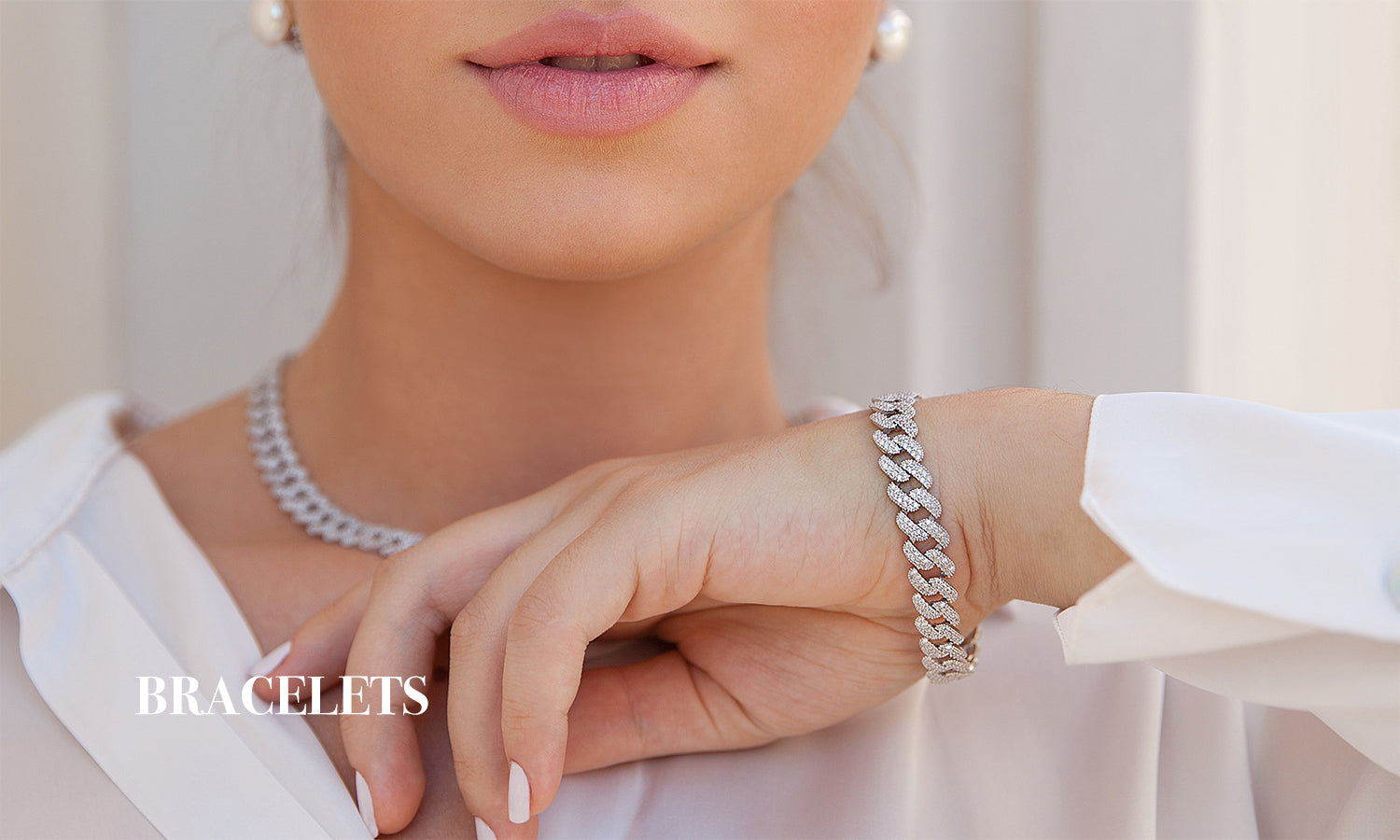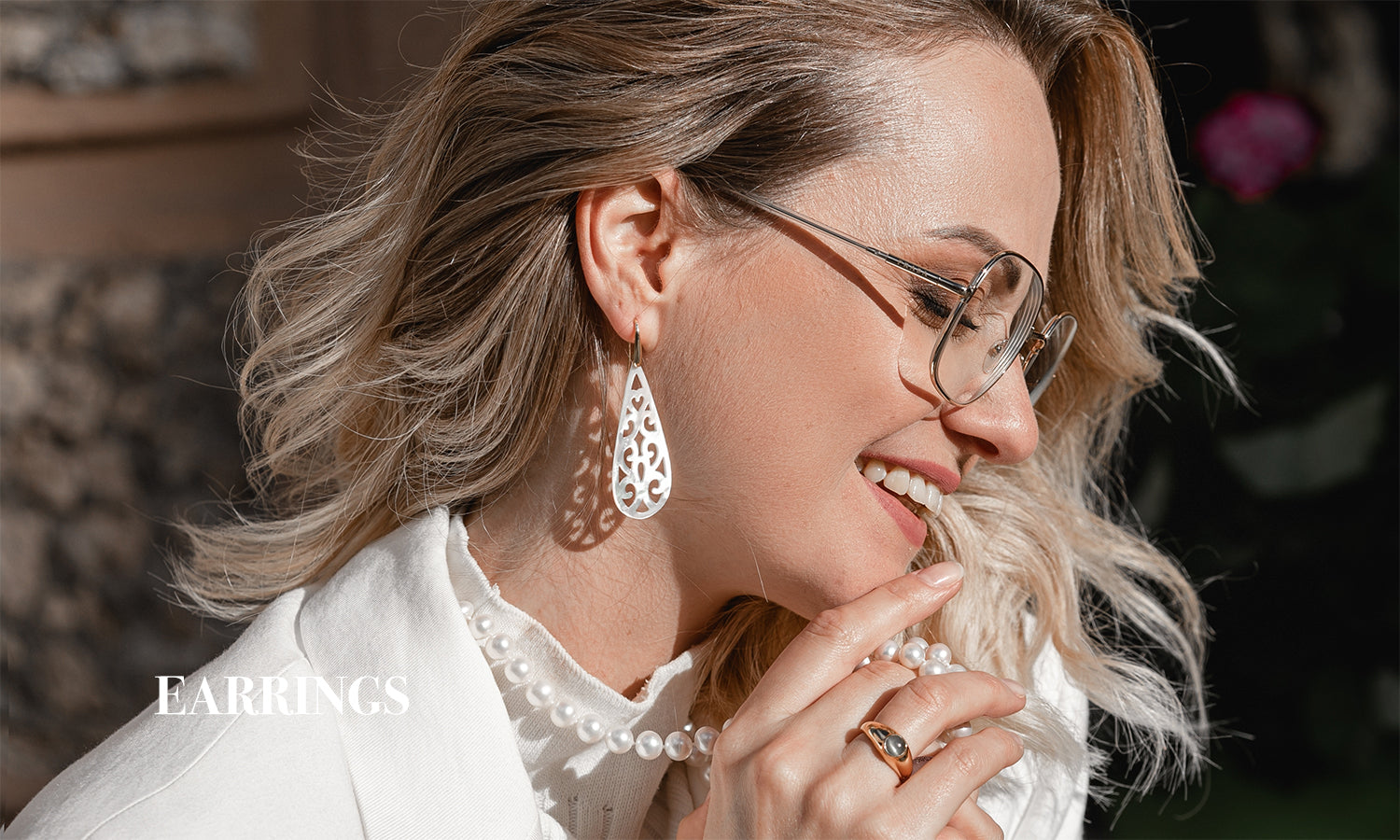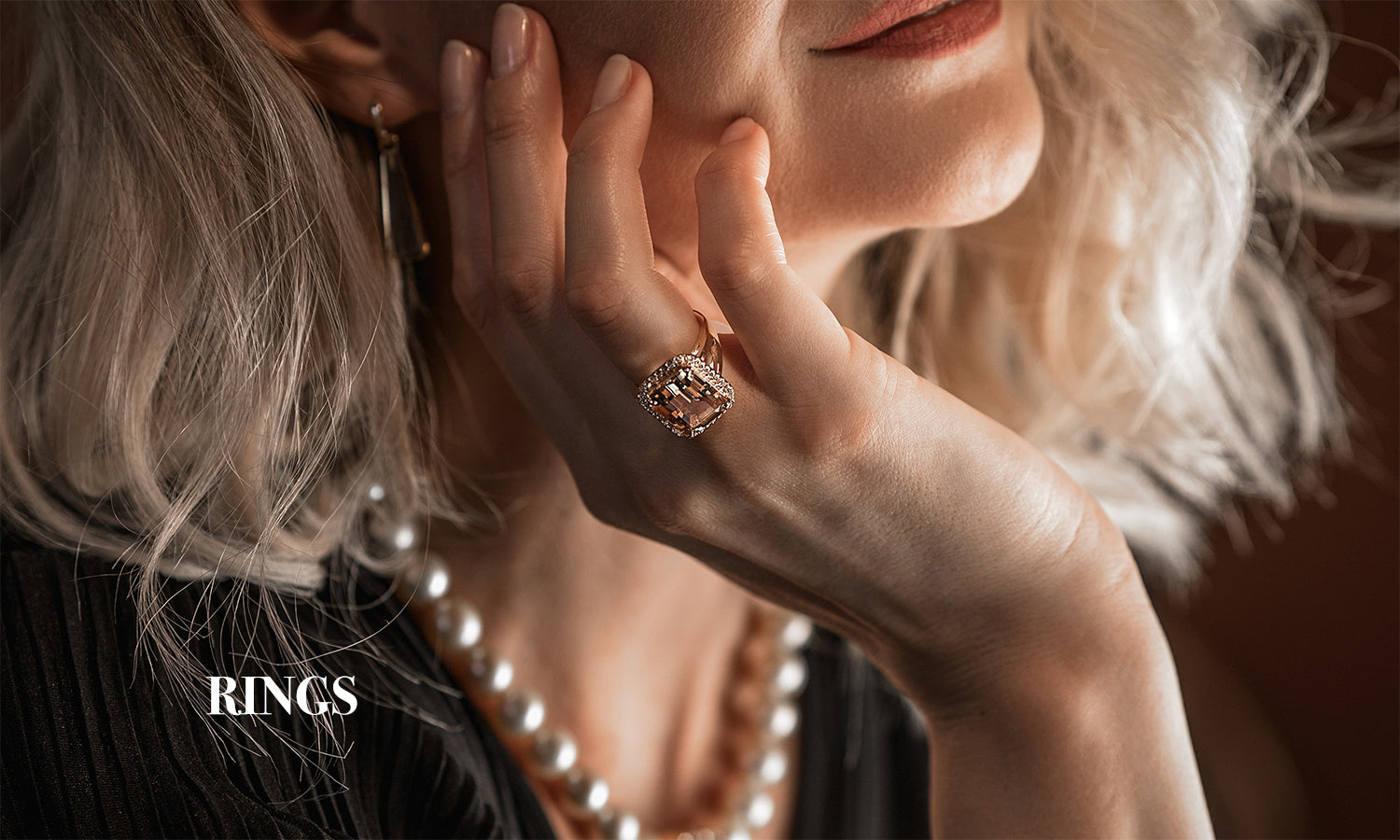
Guide for Choosing Moissanite or Cubic Zirconia
Share
What is the difference between moissanite and cubic zirconia, which is better? We hear this question often. First of all, both moissanite and cubic zirconia are human-made gems created in laboratories and are excellent alternatives to diamonds. They are even known as rhinestones because of their appearance. However, there are many differences between moissanite and cubic zirconia. Therefore, at Planderful we will give you this guide for choosing moissanite or cubic zirconia.

Source: https://bhumigems.com/moissanite-or-cubic-zirconia-which-is-better/
History and origin
Moissanite, unlike other minerals, can be considered extraterrestrial in nature due to its origin. The discovery of this gemstone dates back to 1893 when Henri Moissan unearthed tiny particles of what we now know as moissanite from a crater caused by a meteorite collision in Arizona. At the time, Moissan mistakenly believed he had stumbled upon diamonds. However, when he performed a thorough analysis of the particles, he realized that they were not made of carbon but of silicon carbide (SiC).
Since then, we know that moissanite is a rare gemstone that is infrequently found in nature, which is why it must be created in laboratories with diamond-like characteristics. In fact, according to the Mohs scale, it is the hardest gemstone after diamond. If we compare the composition of both with diamond, Moissanite comes much closer.
Cubic zirconia, on the other hand, is zirconium dioxide, ZrO2. Unlike moissanite, cubic zirconia is a completely artificial stone made in laboratories. It is a manufactured material produced for the first time in 1976. It is made by melting zirconium oxide and other minerals at high temperatures and then rapidly cooling them to create a crystalline structure. This stone is uniquely designed to emulate the appearance, especially the brilliance, of diamonds without actually being one. The name cubic zirconia is derived from the cubic symmetry of the crystalline structure and the chemical composition of the stone, which is composed primarily of zirconium oxide.
Durability
Today, moissanite is generally created in a laboratory using advanced technology that recreates the conditions that naturally produce the mineral. Moissanite has a hardness rating of 9.25 on the Mohs scale, making it almost as hard as a diamond and very durable for everyday use. Cubic zirconia is less durable than moissanite. This stone has a hardness of 8.5 on the Mohs scale, this means that cubic zirconia is more prone to scratching and damage over time.
You may also be interested in: Moissanite Engagement Rings
Fire and luster
The refractive index of moissanite exceeds that of cubic zirconia, leading to a higher degree of fire and luster. Consequently, moissanite emanates an impressive display of light that is sure to captivate everyone's gaze. Its luminescence is unparalleled, emanating a brilliant, incandescent glow.
Color and clarity
Moissanite and cubic zirconia have different colors, ranging from ivory to sunflower yellow and a pinkish hue. However, in terms of color, moissanite dominates cubic zirconia. Why is this? The reason is that moissanite has a higher clarity rating compared to cubic zirconia. Such a ranking indicates that it contains fewer flaws and impurities, thus making it more pure and unadulterated.
You may also be interested in: Zircon Wedding Rings

Source: https://www.glam.com/1053685/whats-the-difference-between-moissanite-and-diamond-jewelry/
Price
There is a significant cost differential between moissanite, cubic zirconia, and diamonds. Both moissanite and cubic zirconia are cheaper alternatives to diamonds but vary in price. Moissanite is the more expensive option of the two but is still notably less expensive than diamonds. Meanwhile, cubic zirconia is the cheaper option of the two alternatives. The cost of a moissanite or cubic zirconia engagement ring will vary depending on the size and quality of the stone.
As cubic zirconia is the most economical imitation of diamond, it is a stone that is commonly used in jewelry today, more so than moissanite.
Ethical and environmental impact
As society becomes more socially and environmentally conscious, the demand for sustainable and ethically sourced products continues to increase. As a result, the popularity of alternative gemstones to diamonds, such as moissanite and cubic zirconia, has skyrocketed.
Moissanite and cubic zirconia are viable options in ethical and sustainable diamonds. Moissanite is a rare, naturally occurring mineral, while cubic zirconia is a synthesized gemstone that is more easily produced. Because of its scarcity, moissanite is often more valuable than cubic zirconia. On the other hand, the lower cost of cubic zirconia makes it a more attractive alternative for those who want the look of a diamond without the price tag.
Both moissanite and cubic zirconia are ethical alternatives to diamonds. Diamonds, particularly those from conflict zones, are often linked to human rights abuses and environmental damage. In contrast, both moissanite and cubic zirconia are produced in a laboratory setting and do not have the same ethical concerns associated with diamond mining.
In terms of environmental impact, moissanite, and cubic zirconia are more sustainable than diamonds. Diamond mining and production can significantly affect the environment, including deforestation, soil erosion, and water pollution. In opposition, moissanite and cubic zirconia are produced in laboratories with a minimum of resources and the environmental impact is significantly lower. Moissanite and cubic zirconia are ethical stones that do not harm the environment.

Why are Moissanite and Cubic Zirconia becoming popular?
The increasing prominence of moissanite and cubic zirconia can be attributed to several factors.
- Moissanite and cubic zirconia are ethical and sustainable substitutes for diamonds, making them particularly attractive to consumers who have become more socially and environmentally conscious.
- Moissanite and cubic zirconia are a more economical option than diamonds. Although moissanite is more expensive than cubic zirconia, both stones are priced significantly lower than diamonds.
- Moissanite and cubic zirconia are very popular because of their very diamond-like appearance. Moissanite has a higher refractive index than diamonds and has a brighter appearance. Cubic zirconia, on the other hand, is totally colorless, in this sense, it is more similar to diamond.
If you are interested in this guide for choosing moissanite or cubic zirconia, don't forget to visit Planderful's website and discover our jewelry.




